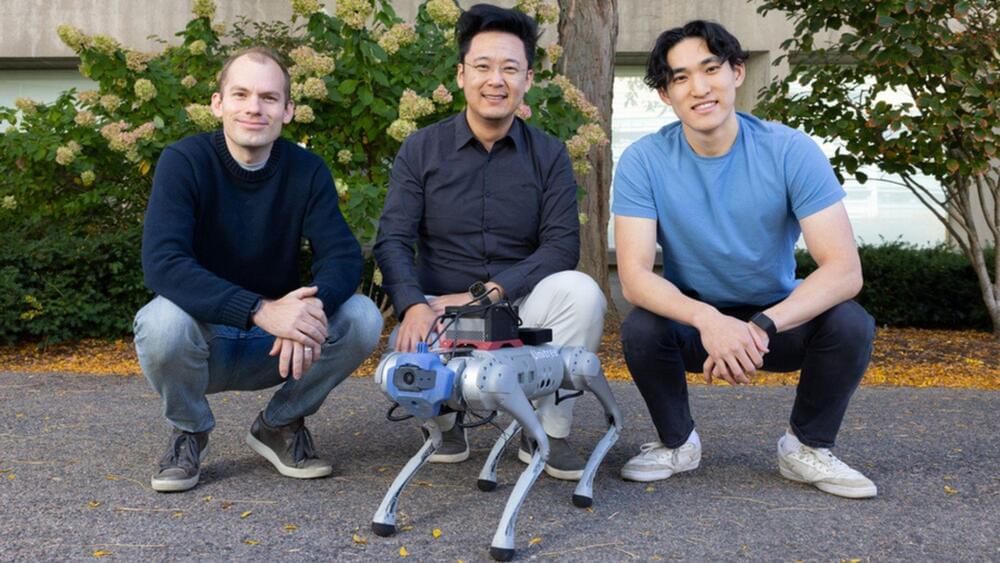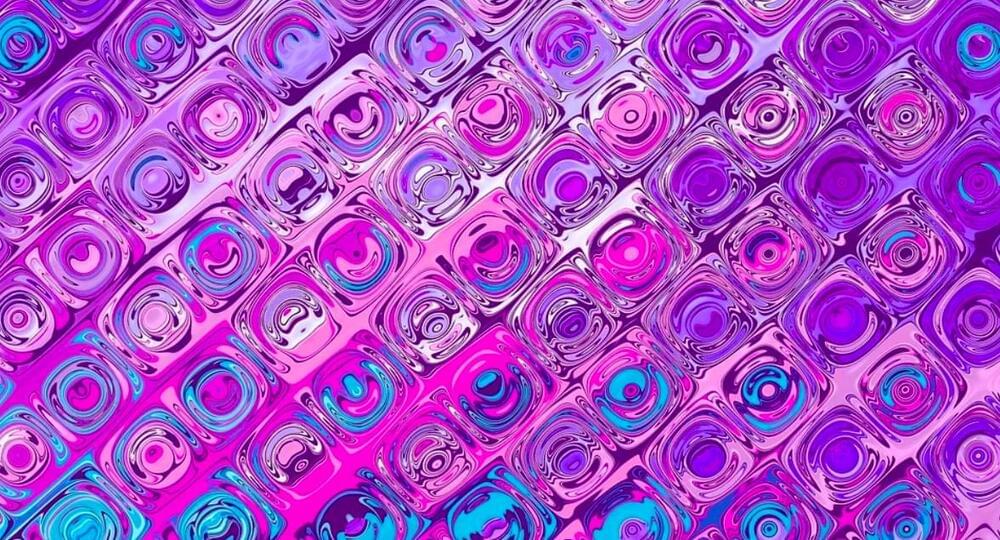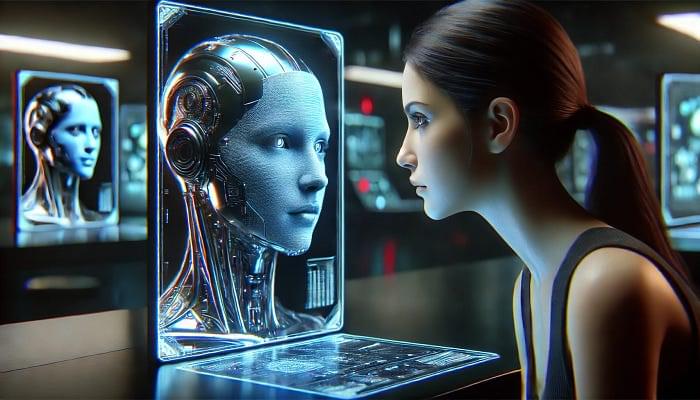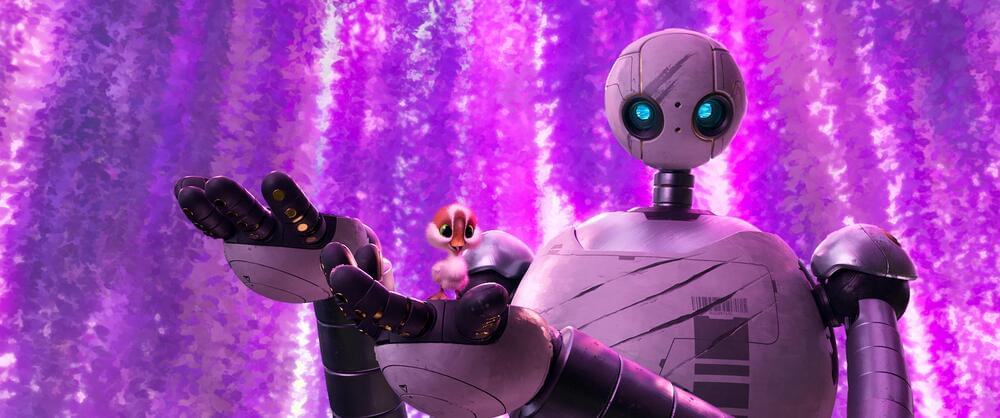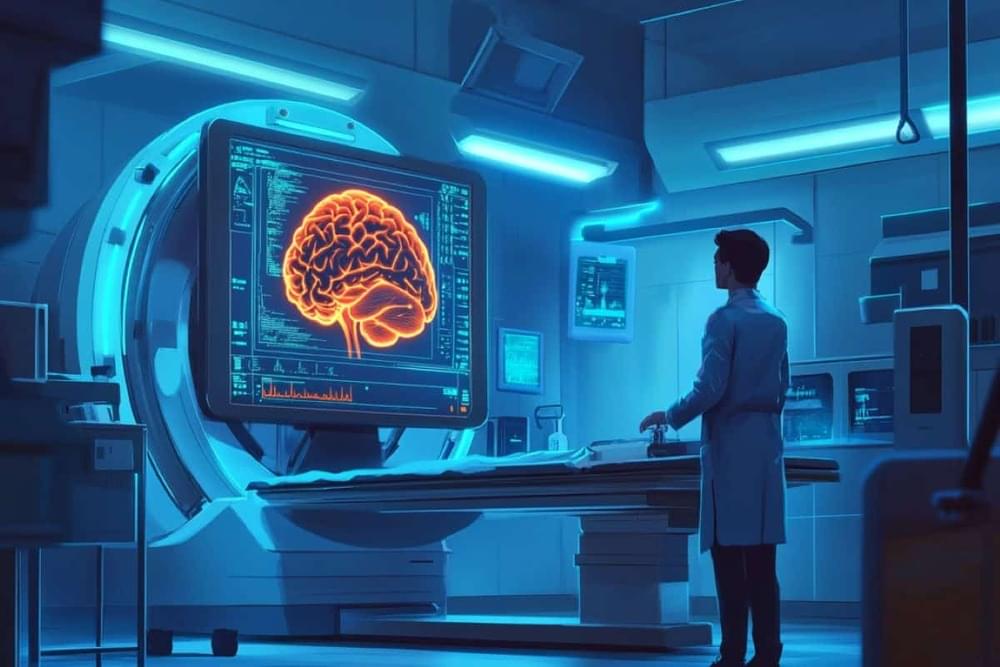Nov 20, 2024
Microsoft Patch Tuesday, November 2024 Edition
Posted by Omuterema Akhahenda in category: cybercrime/malcode
Microsoft today released updates to plug at least 89 security holes in its Windows operating systems and other software. November’s patch batch includes fixes for two zero-day vulnerabilities that are already being exploited by attackers, as well as two other flaws that were publicly disclosed prior to today.
The zero-day flaw tracked as CVE-2024–49039 is a bug in the Windows Task Scheduler that allows an attacker to increase their privileges on a Windows machine. Microsoft credits Google’s Threat Analysis Group with reporting the flaw.

